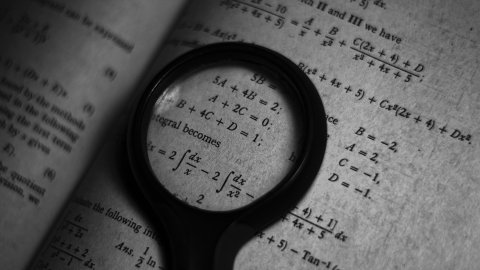Applications of subfactor and categorical techniques to C*-algebras
Abstract
Q-systems were introduced by Longo to describe the canonical endomorphism of a finite Jones-index inclusion of infinite von Neumann factors. From our viewpoint, a Q-system is a unitary version of a Frobenius algebra object in a tensor category or a C* 2-category. Following work of Douglass-Reutter, a Q-system is also a unitary version of a higher idempotent, and we will describe a higher unitary idempotent completion for C* 2-categories called Q-system completion.
We will focus on the C* 2-category C*Alg with objects unital C*-algebras, 1-morphisms right Hilbert C*-correspondences, and 2-morphisms adjointable intertwiners. By adapting a subfactor reconstruction technique called realization, and using the graphical calculus available for C* 2-categories, we will show that C*Alg is Q-system complete.
This result allows for the straightforward adaptation of subfactor results to C*-algebras, characterizing finite Watatani-index extensions of unital C*-algebras equipped with a faithful conditional expectation in terms of the Q-systems in C*Alg. Q-system completion can also be used to induce new symmetries of C*-algebras from old.
This is joint work with Quan Chen, Corey Jones and Dave Penneys (arXiv: 2105.12010).


